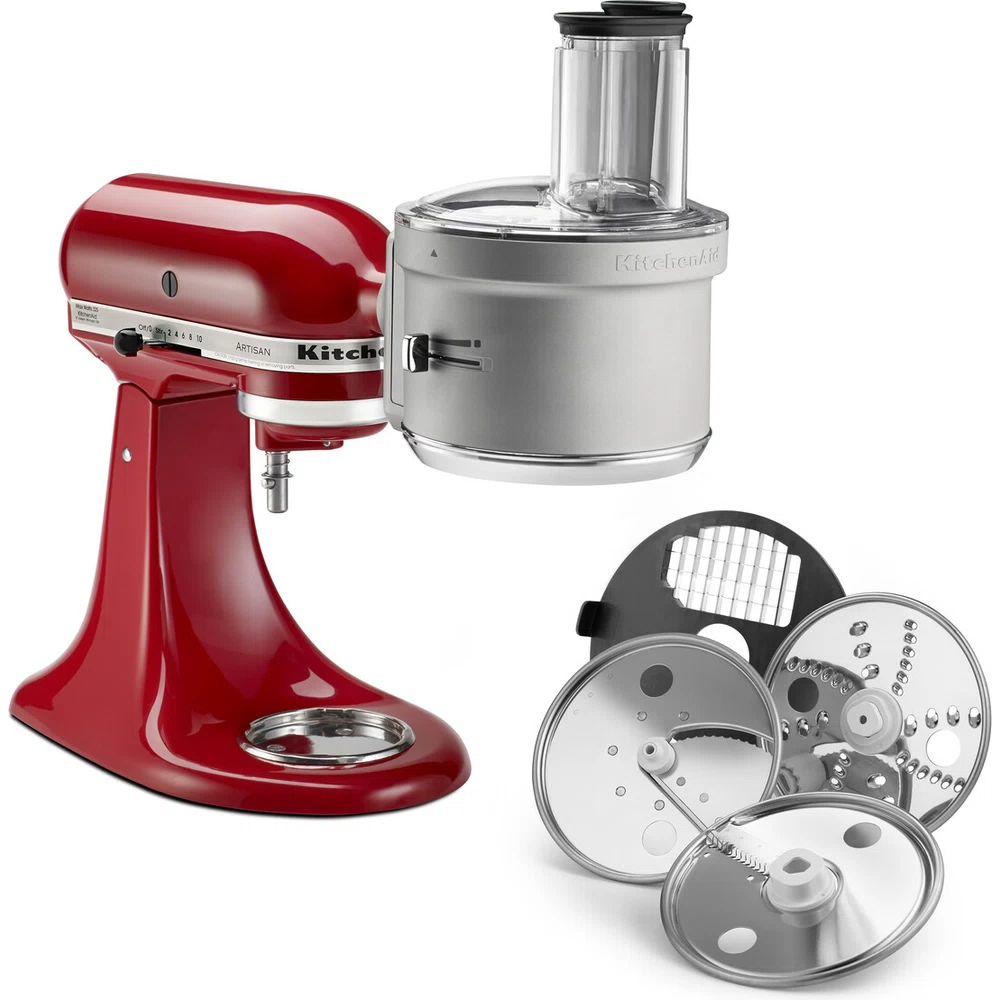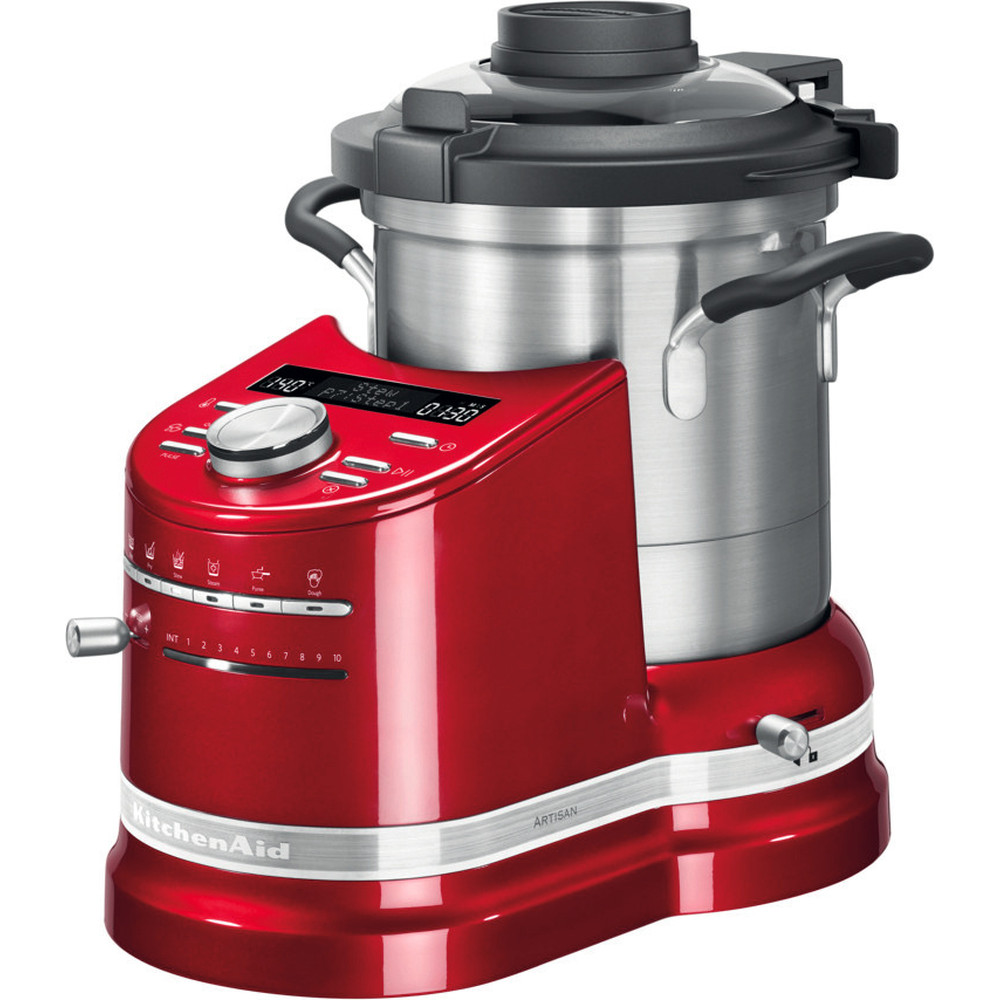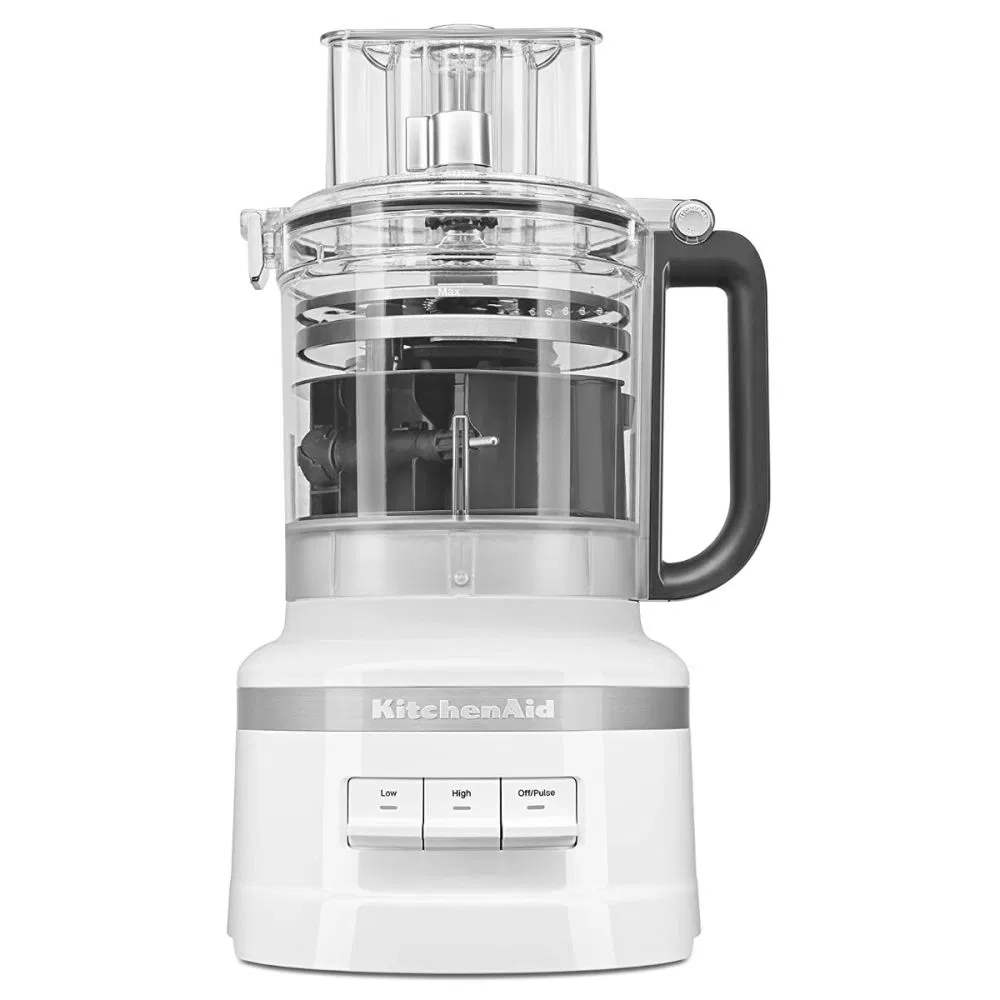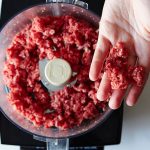If your Kitchen Aid food processor is not working, you’re not alone. Many people face issues with their food processors, which can significantly impact cooking and meal preparation. In this article, we will guide you through various potential problems, practical troubleshooting steps, and long-term maintenance tips to ensure your appliance remains operational and effective.
Understanding Common Problems with Kitchen Aid Food Processors
When a Kitchen Aid food processor is not working, the root cause can often be traced back to a few common issues. Understanding these problems will help in diagnosing and fixing the appliance.
Power Supply Issues
One of the most prevalent problems that may cause your Kitchen Aid food processor to stop functioning is related to its power supply. Here are several factors to consider:
- Check the Outlet: Sometimes, the outlet itself may be the issue. Plug another appliance into the same outlet to see if it works. If it doesn’t, the problem may lie with the outlet.
- Power Cord Inspection: Check the power cord for any visible damage or wear. Frayed wires can lead to malfunctioning appliances or even pose safety hazards.
- Overloaded Circuits: If you have multiple appliances running on the same circuit, it may cause an overload, tripping the circuit breaker. Resetting the circuit breaker may resolve the issue.
Motor Problems
The motor is the heart of any food processor. If it’s not working, chances are your processor won’t work either.
- Overheating: If you have been processing tough ingredients for an extended period, the motor may overheat. Most Kitchen Aid food processors have a thermal fuse that triggers when overheated, cutting power. Allow the appliance to cool for at least 15-20 minutes before attempting to use it again.
- Faulty Motor: If the appliance doesn’t start after cooling down, it’s possible that the motor is faulty or has suffered internal damage. This issue typically requires professional assistance.
Key Functions and Their Issues
A Kitchen Aid food processor comes equipped with numerous functions and attachments. Issues might arise within specific components such as blades, bowls, or lids. Understanding these components will help you troubleshoot effectively.
Blade Problems
- Dull Blades: If your food processor’s blades are dull, they may not effectively chop or blend ingredients. Dull blades can also strain the motor, leading to overheating.
- Improper Alignment: Sometimes, blades may not be aligned correctly. Ensure that the blades are seated properly in their designated slots.
Bowl and Lid Issues
- Bowl Not Locking: If you notice that your food processor bowl is not locking into place, it won’t start. Make sure the bowl is aligned properly and that locking tabs are engaged.
- Cooked-on Food Residue: Food residue can impede the proper functioning of the bowl and lid. Clean these components thoroughly after each use.
Troubleshooting Steps to Take
If your Kitchen Aid food processor is not working, there are a series of troubleshooting steps you can follow to potentially resolve the issue.
Step 1: Perform a Basic Check
Start with the basics:
- Ensure that the food processor is plugged in securely and that the outlet is functional.
- Inspect the power cord for any damage.
- Confirm that the bowl and lid are properly locked in place.
Step 2: Inspect for Visible Damage
Look over the food processor for any signs of damage that could be affecting its operation. Check for:
- Cracks in the bowl
- Damage to the motor unit
- Worn-out seals or gaskets
Step 3: Perform a Reset
Some Kitchen Aid food processors come equipped with a built-in reset button:
- Unplug the appliance
- Wait for a few minutes
- Plug it back in and try to power it on
Step 4: Clean the Parts
Cleaning is crucial in maintaining the performance of your Kitchen Aid food processor:
- Dismantle all removable parts including the bowl, lid, and blades.
- Wash each part thoroughly using warm, soapy water. Ensure no food debris is trapped, especially in the blade area.
Step 5: Test the Appliance
Once you’ve completed the previous steps, it’s time to test the appliance.
- Plug the food processor back in and attempt to turn it on.
- If it operates, test each function and attachment to ensure everything works properly.
DIY Repairs You Can Try
If basic troubleshooting doesn’t resolve the issue, there are several DIY repairs you might consider.
Replacing Blades
If dull blades are the issue, consider replacing them with new ones. Kitchen Aid offers replacement parts that can be easily purchased online.
Cleaning/Maintaining Motor
If the motor is the concern and overheating is suspected, it may need a thorough cleaning. Here’s a simplified process:
- Unplug the appliance.
- Remove the bowl and blade.
- Use a vacuum with a narrow attachment to remove any food particles from the motor area.
- Allow it to dry completely before reassembling.
Checking Fuses
In some cases, electrical issues can arise, and checking fuses may be necessary.
- Unplug the unit.
- Open the housing (if you’re comfortable doing so) to inspect for blown fuses.
- Replace any damaged fuses with the appropriate type.
Professional Help
If you’ve tried all troubleshooting steps and DIY repairs without success, it might be time to seek professional assistance.
Finding Repair Services
- Warranty Coverage: If your appliance is still under warranty, contact Kitchen Aid customer service for repair options.
- Authorized Service Centers: Look for authorized Kitchen Aid service centers in your area, as they have the expertise to handle repairs.
Cost Considerations
Before proceeding with repairs, check the costs involved. In some cases, purchasing a new food processor may be more cost-effective than repairing an old one, particularly if major components are failing.
Long-term Maintenance Tips
To prevent future issues and to make sure your Kitchen Aid food processor continues to work correctly, consider the following maintenance tips:
Regular Cleaning
- Clean all detachable parts after each use.
- Avoid using abrasive materials that can scratch surfaces.
Scheduled Inspections
- Occasionally inspect the power cord and other components for signs of wear.
- Check the condition of the gaskets and seals.
Proper Usage
- Avoid overloading the food processor to prevent motor burnout.
- Use the appliance only for intended purposes, as specified in the user manual.
 Comparing Repair Costs to Replacement
Comparing Repair Costs to Replacement
Assessing Repair Costs
Before committing to repairs, weigh the costs of getting your machine functioning again against the cost of purchasing a new unit. Consider the following:
- Repair Costs vs. Replacement: If repairs are expected to cost more than 50% of a new model’s price, purchasing a new food processor may be a wise decision.
- Longevity of Repairs: Even if repairs are reasonable, consider how long the repaired machine is likely to last. If it’s nearing the end of its expected lifespan, it might be time for a new one.
Price Ranges for New Food Processors
KitchenAid food processors come in a variety of models and price ranges. Here’s a breakdown of potential costs for new units:
- Entry-Level Models: Ranging from 100to200, these models are ideal for basic tasks.
- Mid-Range Models: Prices typically range from 200to400, often offering enhanced features and capabilities.
- High-End Models: Costing $400 and above, these food processors are equipped with advanced technology and functionality.
Conclusion
If your Kitchen Aid food processor is not working, the situation can be frustrating, especially if you rely on it for meal preparation. However, by understanding common problems, employing effective troubleshooting methods, and following good maintenance practices, you can often resolve issues on your own or know when to seek professional help. Keep in mind the importance of preventive care to make sure your food processor stays in good working order for many meals to come. Taking proactive steps today will ensure that your Kitchen Aid food processor continues to be a reliable kitchen companion, making cooking easier and more enjoyable for years ahead.



